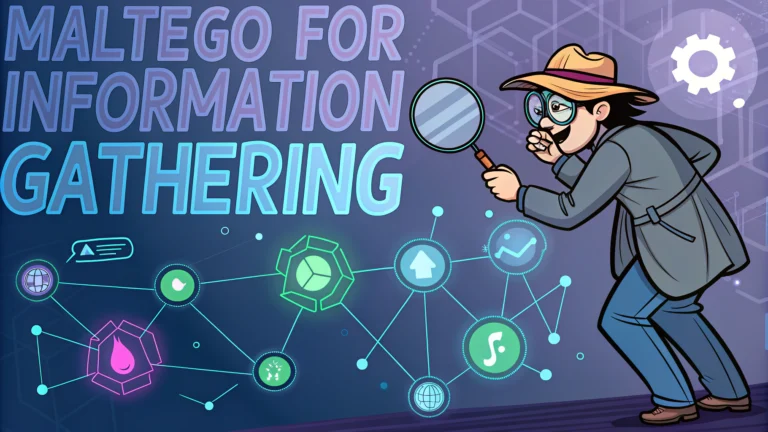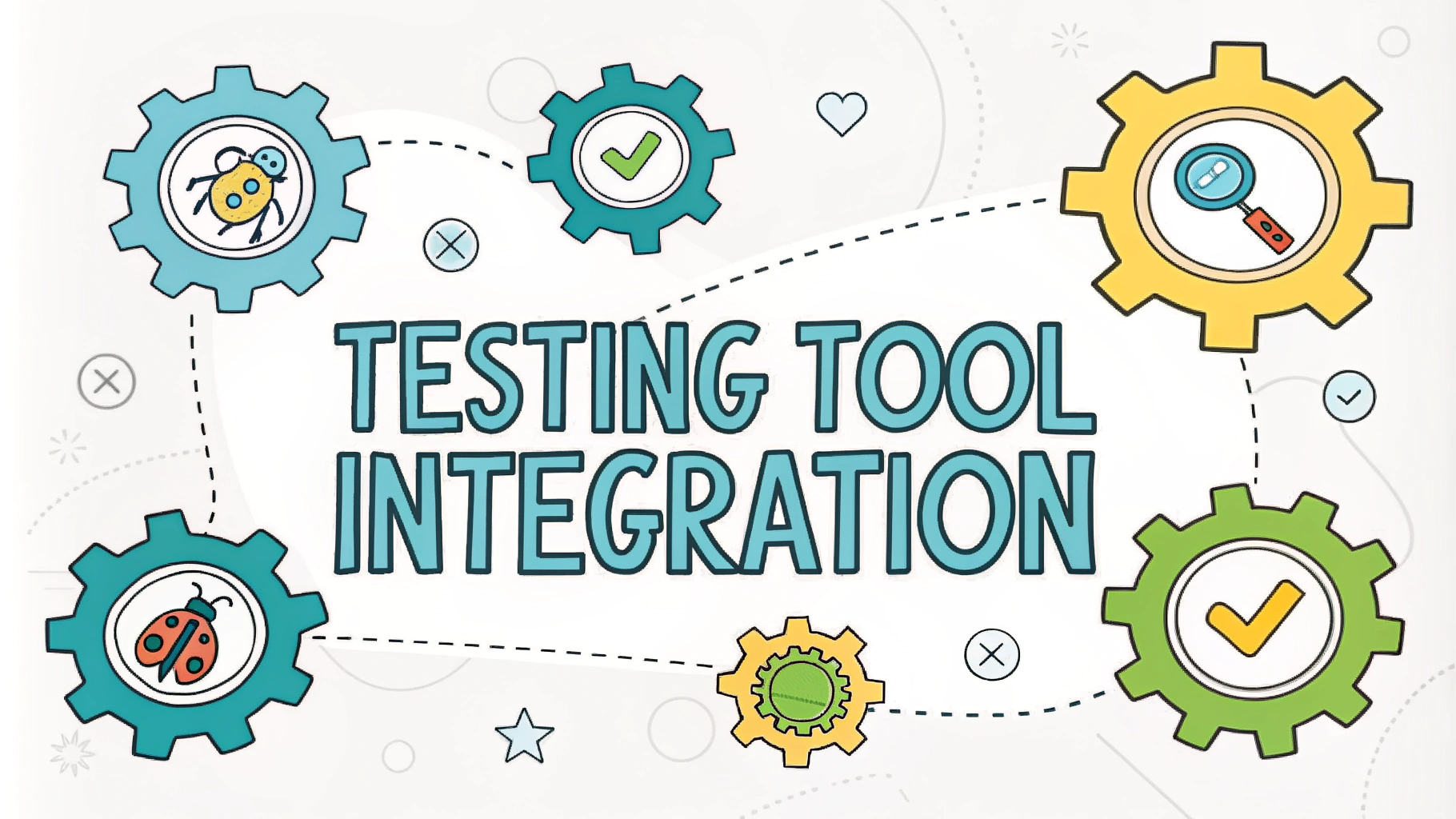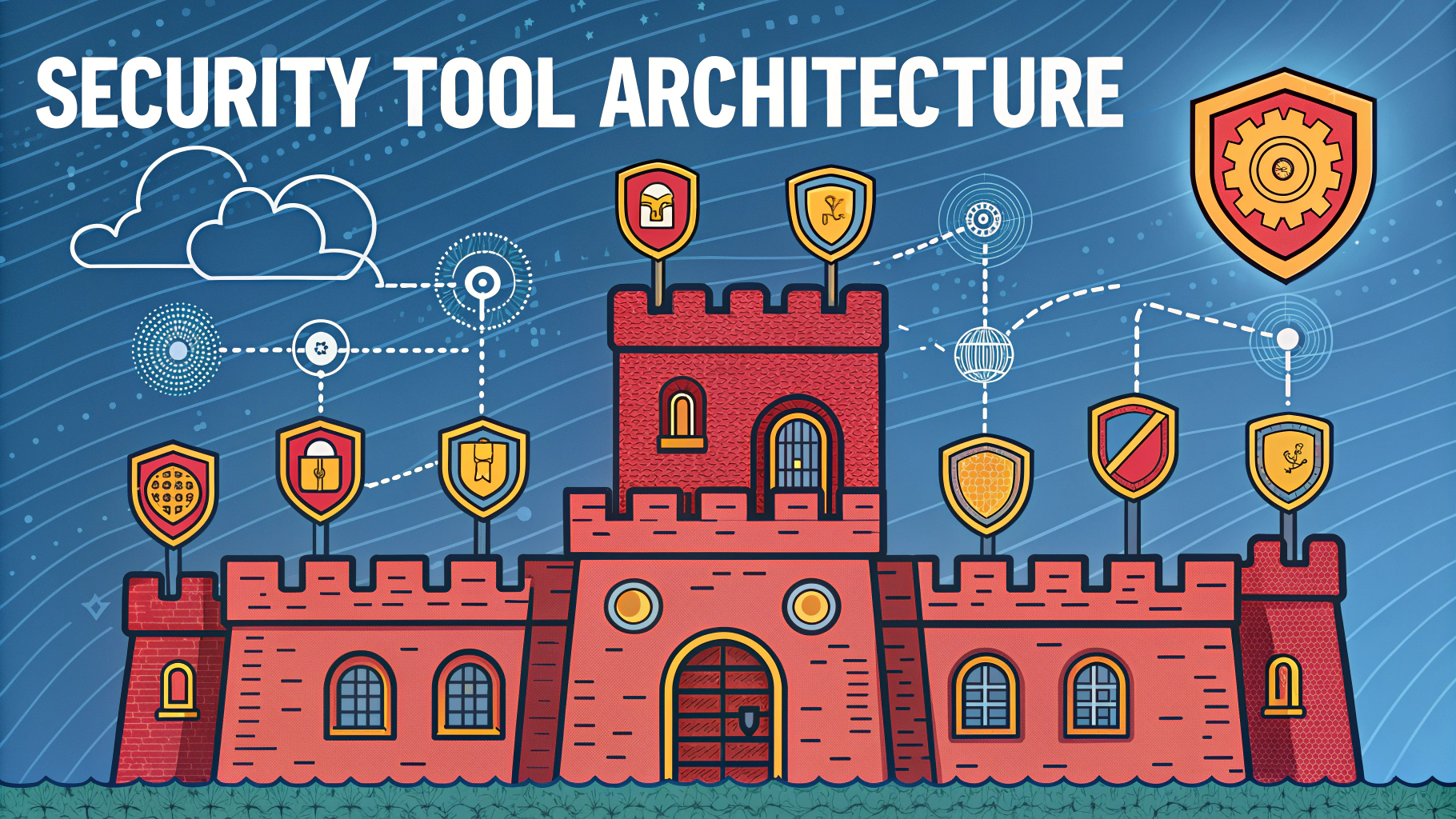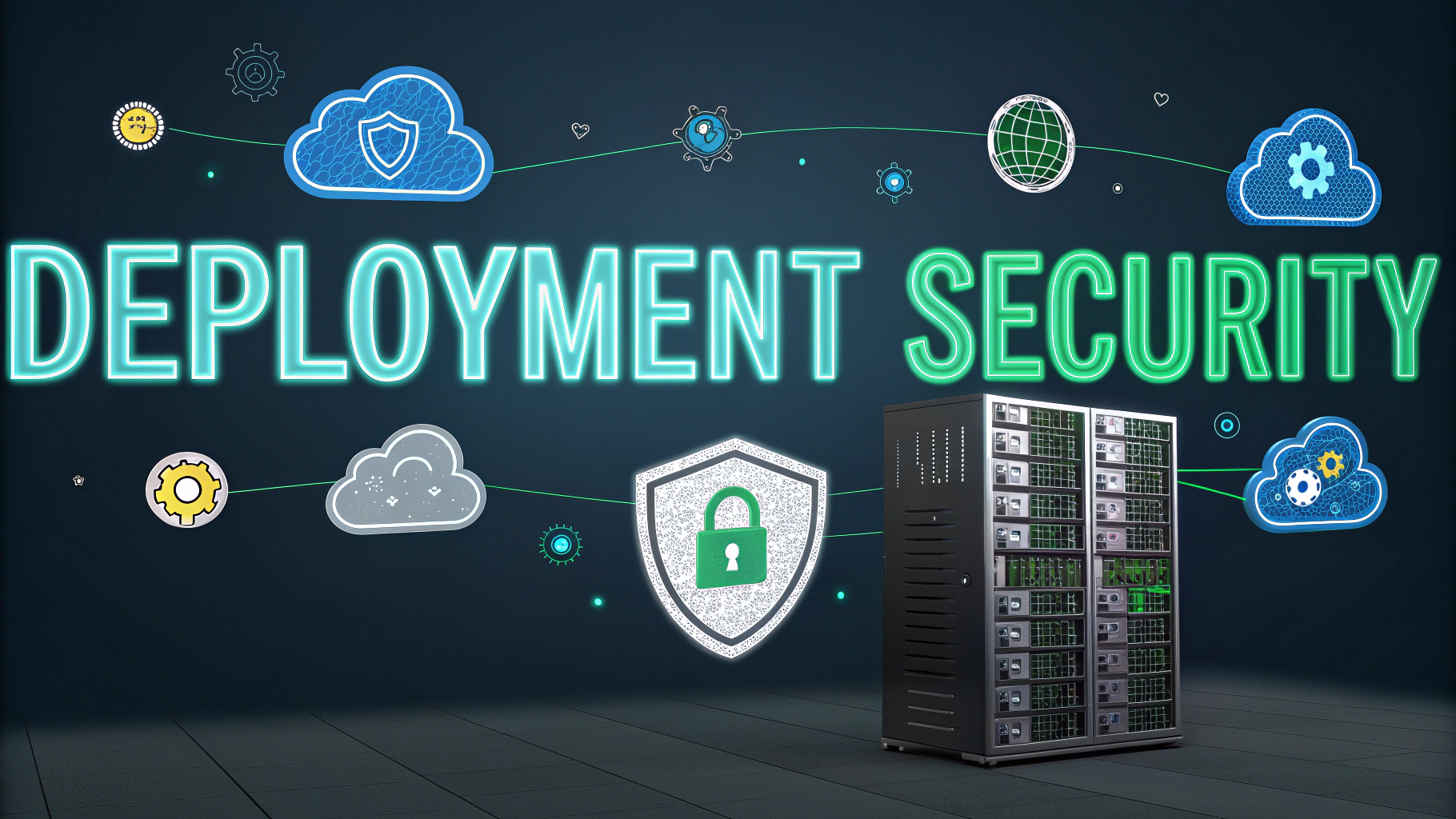Maltego stands as one of the most effective data mining and information gathering tools used by security professionals during penetration testing engagements.
This guide explores how to leverage Maltego for efficient reconnaissance and data collection during security assessments.
What is Maltego?
Maltego is a visual link analysis tool that connects different pieces of online information to create detailed intelligence maps.
Key Features:
- Visual mapping of networks and relationships
- Real-time data gathering from multiple sources
- Integration with various online databases
- Custom transform development capabilities
- Graph-based visualization of complex data sets
Setting Up Maltego
Download Maltego from the official website and select the appropriate version for your needs (Community, Classic, or XL).
Installation Steps:
- Create a Maltego account
- Install the application
- Configure API keys for transforms
- Set up additional data sources
Common Use Cases in Penetration Testing
- Domain enumeration and mapping
- Email harvest and validation
- Social media reconnaissance
- Network infrastructure analysis
- Company structure investigation
Essential Transforms
| Transform | Purpose |
|---|---|
| DNS to IP | Maps domain names to IP addresses |
| Email to Social Media | Finds social profiles linked to email addresses |
| Website to Technology | Identifies technologies used on websites |
Best Practices
- Start with a clear scope and objective
- Use machine tags to organize findings
- Export results regularly
- Verify findings through multiple sources
- Document transform configurations
Tips for Effective Usage
- Group related entities using the bookmarks feature
- Create custom transforms for specific needs
- Use filters to manage large datasets
- Regularly update transforms and data sources
Output and Reporting
Maltego offers multiple export options including PDF, CSV, and graph formats for integration with other penetration testing tools.
Common Export Methods:
- Graph images for visual documentation
- CSV files for data analysis
- XML formats for tool integration
For technical support and additional resources, contact Maltego at [email protected] or visit their support portal.
Remember to follow legal and ethical guidelines when using Maltego for information gathering.
Advanced Techniques
- Maltego Transform Hub integration
- Custom entity creation
- Automated data collection workflows
- Machine learning transforms
- API development for proprietary data sources
Security Considerations
- Data handling and storage compliance
- API key protection
- Network traffic encryption
- Result validation and verification
- Access control management
Privacy Measures:
- Data minimization practices
- Regular cache clearing
- Secure storage of findings
- Client data protection
Integration with Other Tools
| Tool Category | Integration Purpose |
|---|---|
| SIEM Systems | Threat intelligence correlation |
| Vulnerability Scanners | Enhanced target identification |
| Report Generators | Automated documentation |
Conclusion
Maltego serves as a crucial tool in modern penetration testing arsenals, providing comprehensive data gathering and analysis capabilities. Its visual approach to information mapping, combined with extensive transform capabilities, makes it indispensable for thorough reconnaissance phases.
Key Takeaways:
- Essential for efficient OSINT gathering
- Powerful visualization capabilities
- Extensible through custom transforms
- Critical for modern security assessments
- Valuable for both offensive and defensive security
FAQs
- What is Maltego and what is its primary purpose in penetration testing?
Maltego is a data mining and intelligence gathering tool that creates relationships and real-time graphs for link analysis, used to collect information about targets during the reconnaissance phase of penetration testing. - What types of data can Maltego collect during information gathering?
Maltego can gather domain names, DNS records, IP addresses, email addresses, social media profiles, company affiliations, phone numbers, organizational structures, and network infrastructure details. - What are Transforms in Maltego and how do they work?
Transforms are individual operations in Maltego that convert one piece of information into another related piece of information, such as converting a domain name into associated IP addresses or email addresses. - Does Maltego require an internet connection to function?
Yes, Maltego requires an active internet connection to perform transforms and gather real-time data from various online sources and databases. - What are the different editions of Maltego available?
Maltego comes in three editions: Community (free), Classic, and XL, each with different limitations on transforms, entities, and results per transform. - Can Maltego integrate with other penetration testing tools?
Yes, Maltego can integrate with various tools and frameworks including Nmap, Shodan, VirusTotal, and can be extended through custom transforms and plugins. - What is the difference between Maltego Entities and Links?
Entities are individual data points (nodes) in Maltego such as domains or email addresses, while Links show relationships between entities, creating visual connections in the graph. - How does Maltego handle rate limiting and API restrictions?
Maltego manages API rate limiting through transform settings and built-in delays, while different editions have varying quotas for transform runs and API calls to prevent service abuse. - What are Maltego Machines and how do they enhance information gathering?
Machines are automated sequences of transforms that run multiple information gathering operations in a predefined order, allowing for comprehensive data collection with minimal manual intervention. - Is Maltego legal to use for information gathering?
Maltego is legal to use, but users must ensure they comply with local laws, privacy regulations, and have proper authorization when gathering information about targets.







